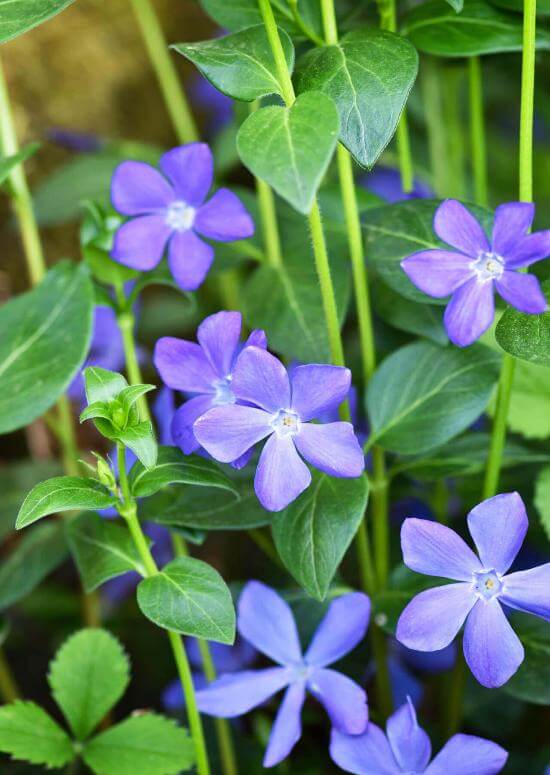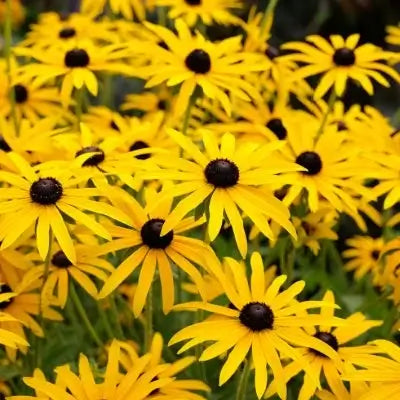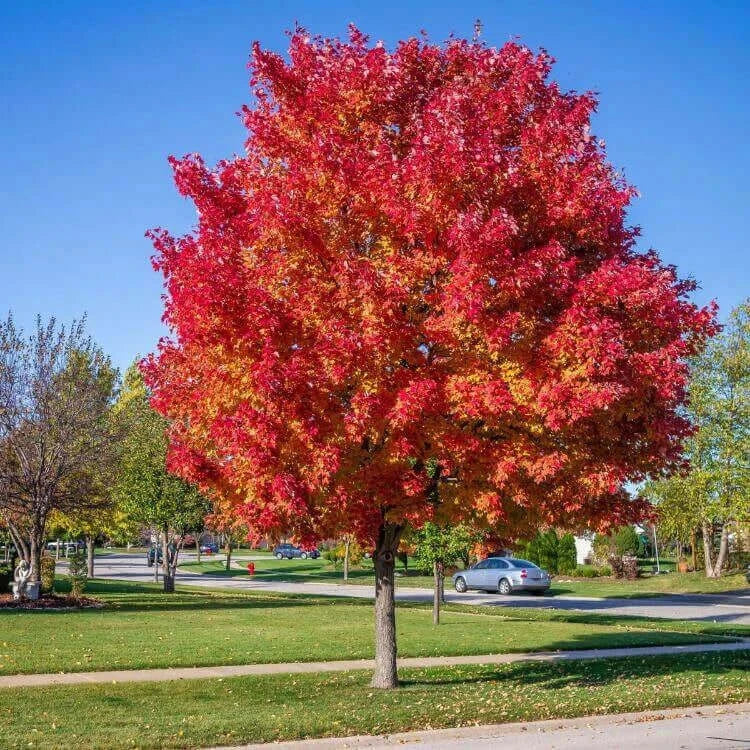Vinca minor is a versatile, low-maintenance plant that thrives in various garden settings. It is renowned for its delicate blue, purple, or white star-shaped flowers and vibrant, glossy green leaves. Whether you want to fill gaps in a rock garden, create a lush ground cover, or add a pop of color in shaded areas, Vinca Minor offers a robust solution that suits many landscaping needs.
What time of year do you plant Vinca minor?
The ideal time to plant Vinca minor is spring or early fall. These seasons provide moderate temperatures and moisture, allowing the plant to establish itself before the extremes of summer or winter arrive. Spring planting gives the periwinkle the advantage of consistent rainfall and gradually warming soil, encouraging rapid root growth and healthy foliage development. Early fall, however, offers the benefit of cooler temperatures with less evaporation, reducing the need for constant watering. Fall planting also gives the plant enough time to grow a thick root system before winter dormancy sets in, preparing it for vigorous spring growth.
Regardless of when you plant, prepare the soil by loosening it and incorporating organic matter like compost or leaf mold. This helps improve drainage and provides essential nutrients, ensuring your Vinca minor establishes quickly and remains healthy. In regions with harsher climates, mulching around the plants after planting can help protect the roots from extreme cold in winter and preserve moisture during the warmer months. Water them well after planting to settle the ground around the roots and encourage deeper rooting.
Does Vinca Minor come back every year?
Vinca minor is a perennial, meaning it will return year after year with minimal care. Once established, it forms a dense, mat-like ground cover that spreads by sending out trailing stems that root at intervals along the soil surface. As a result, it can steadily expand its coverage each season. Its evergreen foliage ensures the plant remains stunning throughout the year, especially in the colder months when many other plants may die or lose their leaves.
Vinca minor might go semi-dormant in colder climates during winter, with some leaves browning or dying off. However, as soon as the warmth of spring returns, the plant will quickly revive and produce fresh new growth, including its distinctive flowers. Vinca minor may grow year-round in warmer climates, providing a constant green presence in your garden.

One of the most appealing aspects of Vinca Minor is its resilience. It can tolerate various soil types, including poor or sandy soils, and once established, it's drought-tolerant. It's also resistant to many pests and diseases, which contributes to its ability to thrive year after year with little intervention.
How many Vinca minors should I plant?
The number of Vinca minor plants you should plant depends mainly on the size of the area you want to cover and how quickly you want to achieve a dense ground cover. Generally, it would help if you spaced Vinca minor plants about 12 to 18 inches apart to allow adequate room to spread. If you're planting them as ground cover, they will gradually fill in the gaps over time, creating a solid mat of greenery that helps suppress weeds.
If you're looking for faster coverage, you can reduce the spacing to about 6 to 8 inches apart, though this may require a more significant initial investment in more plants. Remember that Vinca minor spreads by sending out trailing stems, so it will eventually cover the desired area even with broader spacing. Patience is vital; you'll have a thick, lush carpet of foliage within a few growing seasons.
When planting in smaller areas like flower beds, around trees, or between stepping stones, the number of plants needed will be far less. You may only need a few Vinca minor plants to achieve the desired effect in these instances. This plant's flexibility makes it a fantastic choice for large and small projects, offering dependable results with time and minimal effort.
What is the difference between Vinca and Vinca minor?
The terms Vinca and Vinca minor are often used interchangeably, but there is a distinction between the two. "Vinca" is the broader genus name that includes several species, most notably Vinca minor (lesser periwinkle) and Vinca major (greater periwinkle). Both are part of the same family and share many similar characteristics, but they differ in size and some growing habits.
Vinca minor is the smaller of the two, with more compact growth and finer leaves. It typically grows no more than 4 to 6 inches tall, making it ideal for use as ground cover or in confined spaces like rock gardens or along borders. Its littler size makes it easier to handle in a home garden, where it won't overwhelm other plants or dominate a garden bed.
Vinca major, on the other hand, is a more vigorous grower with larger leaves and stems that reach up to 20 inches tall. It's often used in larger landscaping projects or in areas where a more aggressive ground cover is desired. However, due to its rampant growth habit, Vinca Major can be more challenging to control in smaller garden spaces.
While both species are evergreen and offer similar flowers, Vinca minor is generally preferred for residential gardens due to its more restrained growth and easier maintenance. Its versatility allows it to thrive in sunny and shady locations. At the same time, its ability to tolerate many soil types makes it a favorite among gardeners seeking a reliable, low-maintenance plant.
In conclusion, Vinca Minor is a beautiful choice for gardeners looking to create a durable, evergreen ground cover that comes back year after year. Its compact size, vibrant flowers, and resilience in various conditions make it an excellent addition to gardens of all sizes. Whether you're planting in spring or fall, using it to fill a shady corner, or allowing it to spill gracefully over garden walls, Vinca Minor will reward you with its beauty and reliability.
























































 " alt="Featured Collection Perennials " />
" alt="Featured Collection Perennials " />
 " alt="Featured Collection Ferns " />
" alt="Featured Collection Ferns " />
 " alt="Featured Collection Live Moss " />
" alt="Featured Collection Live Moss " />
 " alt="Featured Collection Trees " />
" alt="Featured Collection Trees " />
 " alt="Featured Collection Shrubs " />
" alt="Featured Collection Shrubs " />
 " alt="Featured Collection Vines " />
" alt="Featured Collection Vines " />
